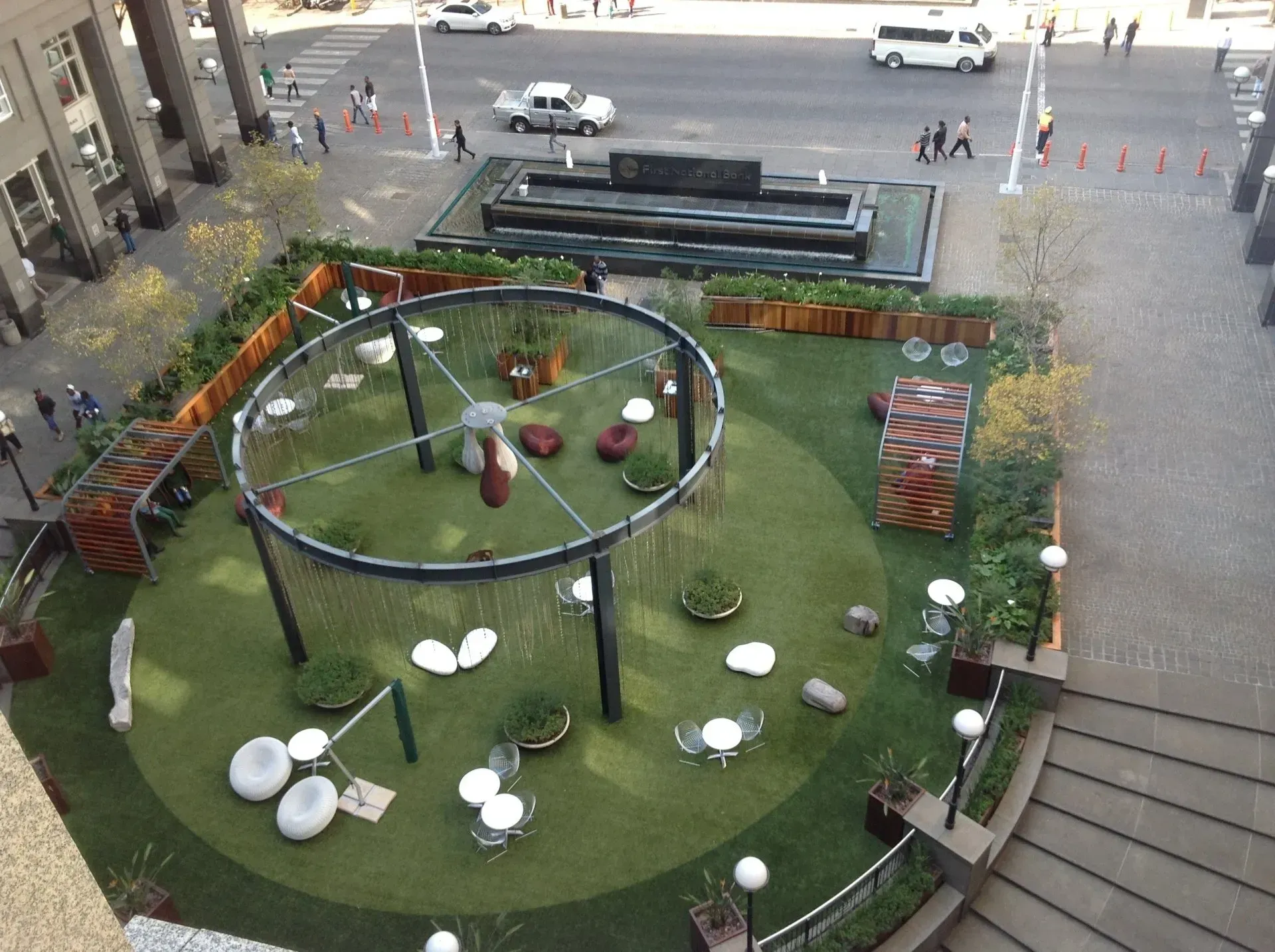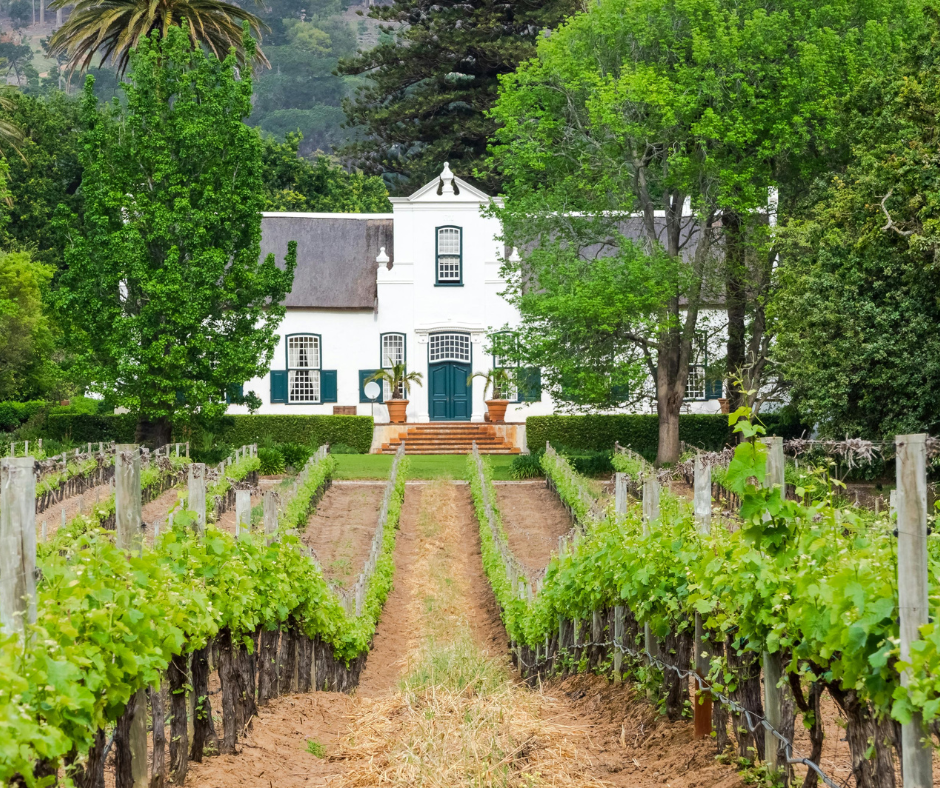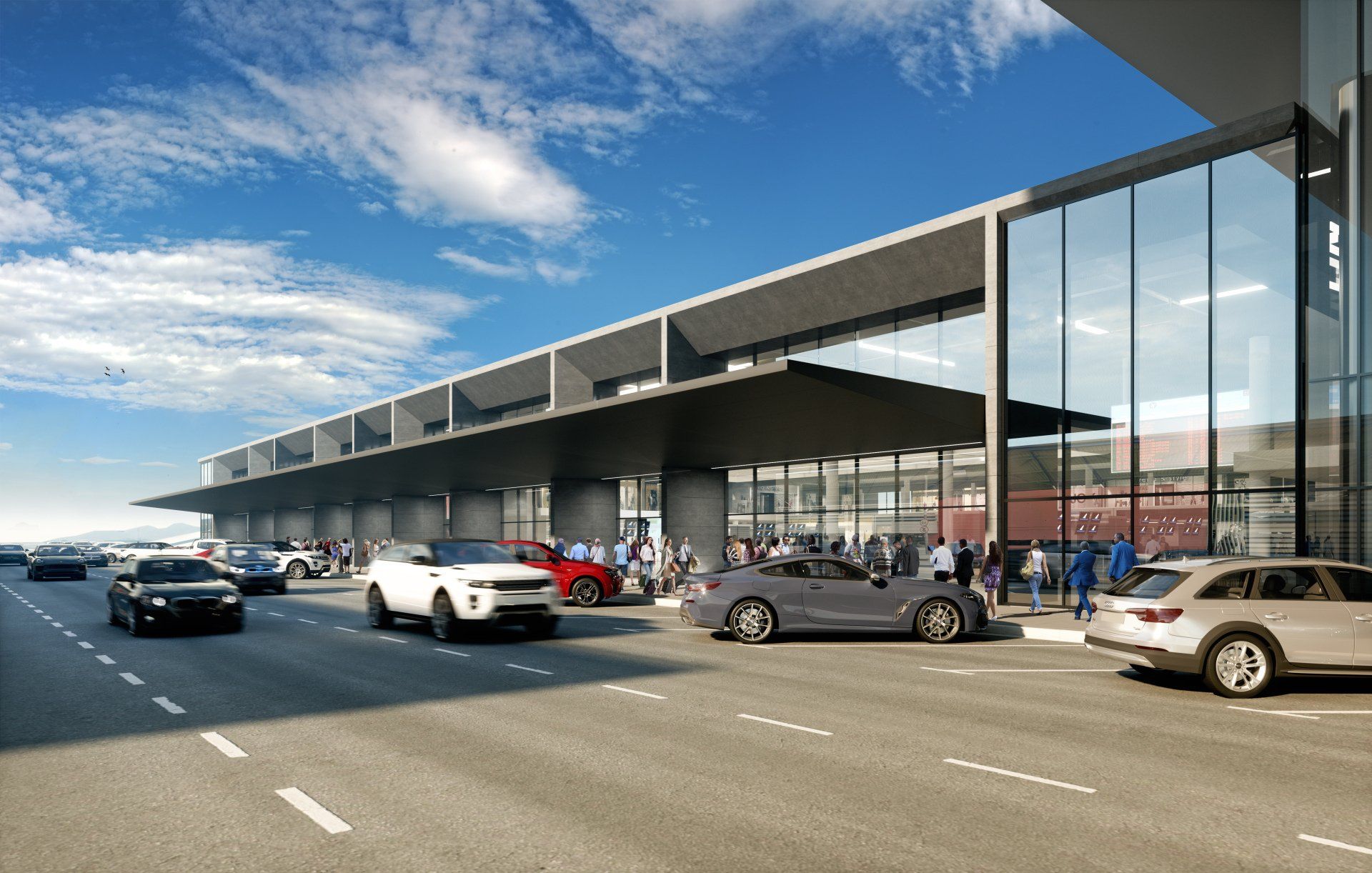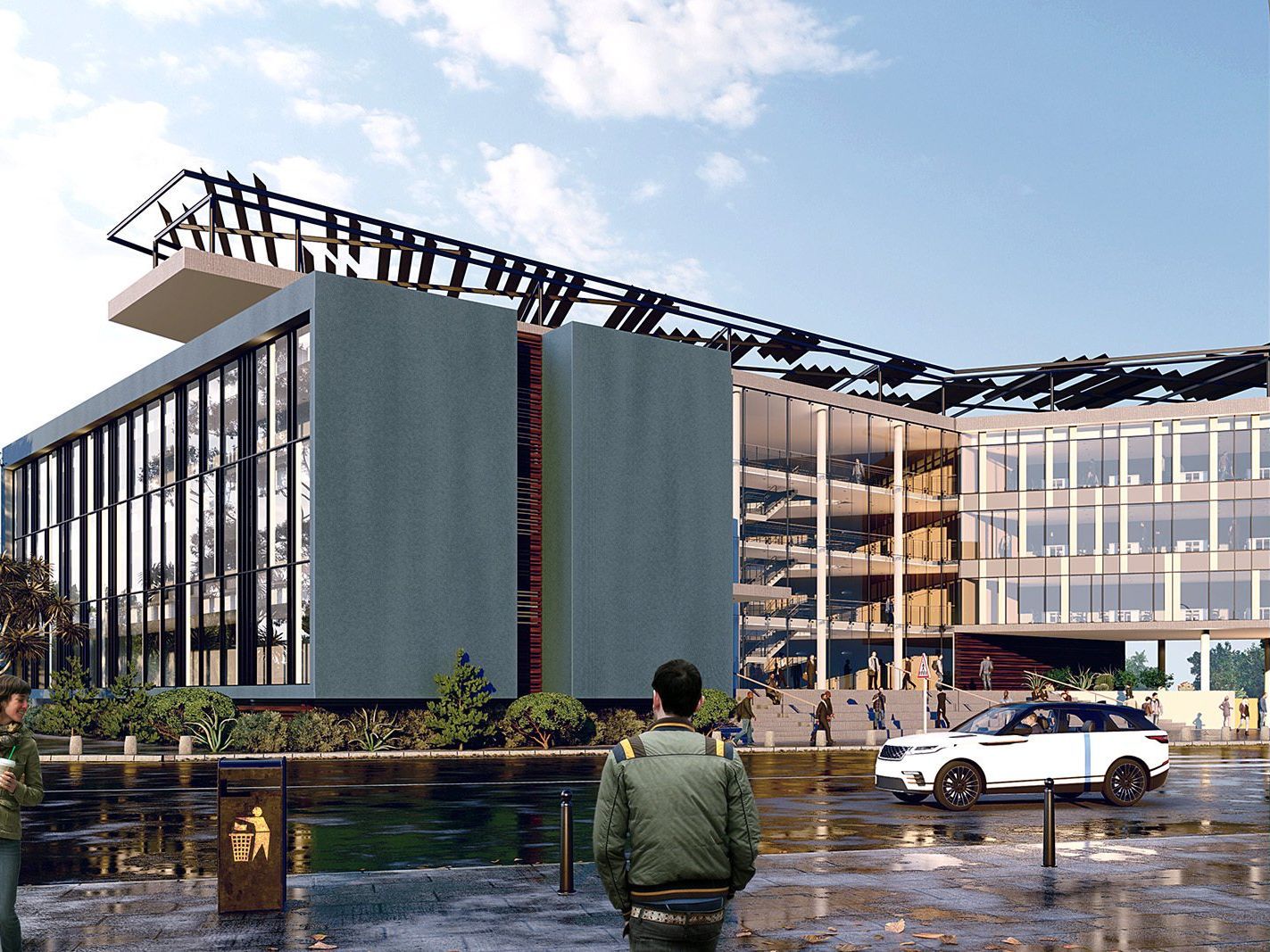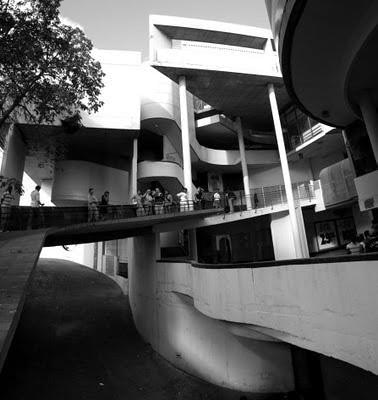Modern Minimalism has been a massive architectural trend for over a century, and its influence has produced many iconic structures around the world.
Modern Minimalism is all about clean lines, innovative materials and use of space, and the rejection of unnecessary ornamentation. Minimalism often features sparse furnishing, simple colour palettes and use of geometry. One of the reasons that minimalism is such a popular movement is because of its functionality and practicality.
Common materials used in minimalist design include reinforced concrete, glass and steel.
A Brief History on Minimalism
Minimalism was originally an art movement that made its way to the architectural sphere. The movement began shortly after WWII with the design aesthetic really taking off in the 60s and 70s. By the time the 80s rolled around, minimalism was becoming a trending architectural style in major cities such as New York and London. Since then minimalism has taken on many different shapes and forms and has definitely shaped modern architecture.
Minimalism Moves into Rural Settings
Rural design is often tricky as the surrounding landscape needs to be taken into consideration and the structure should work in cohesion with its surroundings.
For a long time modern minimalism was associated with urban design and city life, and did not really hold a place in a natural, rural landscape. But over the past decade or so, more and more architects are designing innovative, minimalist homes and structures that fit in cohesively with a rural backdrop. Whether it be homes, cabins, retreats or BnBs, minimalism has a lot to offer rural architectural.
Below are a few examples of stunning modern minimalism in rural design
Studio Politaire’s Small But Fine Cabin
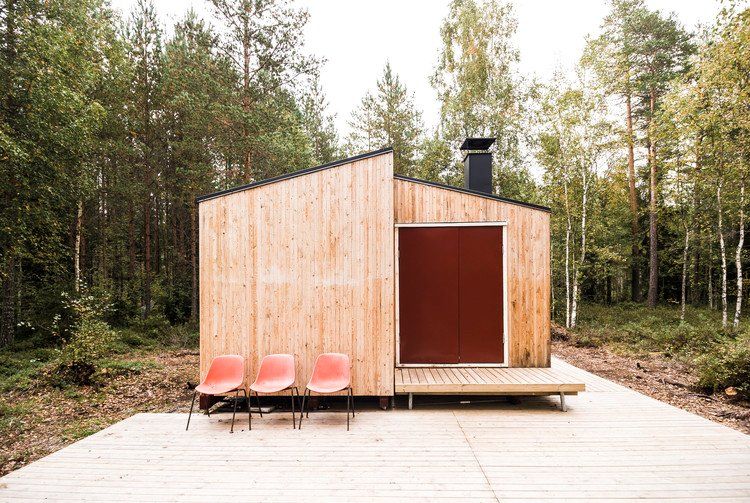
© André Boettcher
This sleek and simple cabin can be found in the forests of Scandinavia. It was designed by Studio Politaire, a Berlin-based design duo. The budget of $14,000 was used to create an innovative design of four rooms, whereby the cabin offers a different view from each window and celebrates the surrounding natural beauty.
Minarc’s Ice House
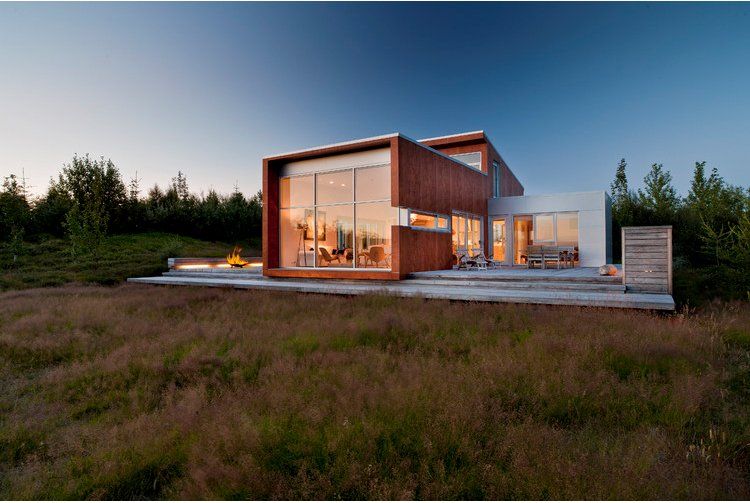
© Torfi Agnarsson
The Ice House, by Minarc , makes use of a variety of natural materials and clean lines to create a modern, minimalist family sanctuary. The house has an eco-friendly focus, with energy efficient technology and sustainable materials.
Minimalism in the rural setting is here to stay, and we’ll definitely be seeing more of this type of design in years to come.
The team at Design Scape make it our mission to stay on top of the latest architectural and interior design trends, and provide our readers with relevant architectural information.
For more information about our innovative architectural services and on how we can assist you, get in touch with our team of professional architects and designers in Durban and Cape Town.

Cape Town
109 Waterkant Street
De Waterkant Cape Town
South Africa, 8001
Durban
Rydall Vale Office Park
Rydall Vale Crescent
Block 3 Suite 3
Umhlanga, 4019
Website design by Archmark


